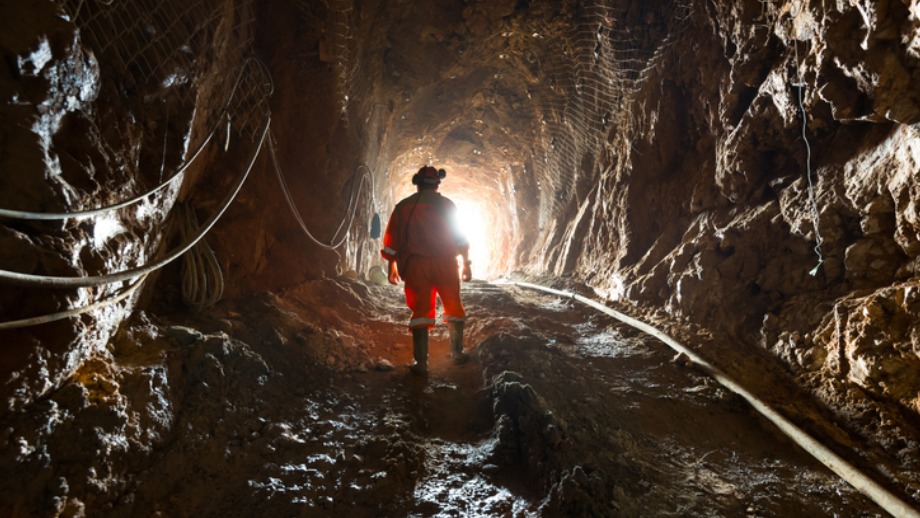Mark Mills at the Manhattan Institute has an important Wall Street Journal piece looking at under-reported realities behind the Biden administration’s ambitious environmental goals. All the mineral mining required to meet Biden’s “clean energy” goals put the Biden White House in denial of reality: our current global mining infrastructure just isn’t there. And China is dominating the market for mining these minerals, which has implications for human rights abuse, including child or forced labor.
President Biden also keeps promising Americans millions of “Green Energy” jobs, but the evidence shows we don’t have the mining infrastructure right now to support these jobs and wouldn’t for decades.
Mills takes a deep dive into the International Energy Agency’s (not a conservative group) 287-page report released this month called “The Role of Critical Minerals in Clean Energy Transitions,” which Mills says should instead be named “Clean Energy Transitions: Not Soon, Not Easy and Not Clean.”
Wind, solar and battery technologies are built using energy transition minerals, or ETMs, that must be mined and processed, Mills notes, reporting that “the IEA finds that with a global energy transition like the one President Biden envisions, demand for key minerals such as lithium, graphite, nickel and rare-earth metals would explode, rising by 4,200%, 2,500%, 1,900% and 700%, respectively, by 2040.”
“The world doesn’t have the capacity to meet such demand,” Mills says. “Green-energy machines use far more critical minerals than conventional-energy machines do.”
The IEA report states that “A typical electric car requires six times the mineral inputs of a conventional car, and an onshore wind plant requires nine times more mineral resources than a gas-fired power plant. Since 2010, the average amount of minerals needed for a new unit of power generation capacity has increased by 50% as the share of renewables has risen.”
President Biden is basically wanting a “shift from a fuel-intensive to a material-intensive energy system,” as the IEA calls it. Mills writes that this “means a shift away from liquids and gases whose extraction and transport leave a very light footprint on the land and are transported easily, cheaply and efficiently, and toward big-footprint mines, the energy-intensive transport of massive amounts of rocks and other solid materials, and subsequent chemical processing and refining.”
Mills goes on to “Credit the IEA for acknowledging that this will require a global mining boom that leaves in its wake all manner of environmental implications. ‘Mining and mineral processing require large volumes of water’—a serious issue when around half of global lithium and copper production takes place in areas of high water stress—and ‘pose contamination risks through acid mine drainage, wastewater discharge and the disposal of tailings.’”
An energy investor in addition to his work at The Manhattan Institute, Mills writes that “The IEA may be the first major agency to flag the geopolitical risks of the energy transition, again with copious data. Today the oil-and-gas market is characterized by supply diversity. The top three producers, among them the U.S., account for less than half of world supply. The top three producers for three key ETMs, however, control more than 80% of global supply. Here we find China utterly dominant while the U.S. isn’t even a player.”
The IEA report states that “Mineral exploitation may lead to adverse impacts on the local population such as child or forced labour … Workers face poor working conditions and workplace hazards (e.g. accidents, exposure to toxic chemicals) … Mineral revenues in resource-rich countries have not always been used to support economic and industrial growth and are often diverted to finance armed conflict or for private gain.”
Mills also writes that “Spooling up production can’t happen overnight. The IEA observes something every miner knows: ‘It has taken on average over 16 years to move mining projects from discovery to first production.’ Start tomorrow and new ETM production will begin only after 2035. This is a considerable problem for the Biden administration’s plan to achieve 100% carbon-free electricity by 2035.”
And after all that effort, Mills notes that “The IEA data show that, depending on the location and nature of future mines, the emissions from obtaining ETMs could wipe out much or most of the emissions saved by driving electric cars.”
Think about that: after all the fuss that the Biden White House and other liberals are putting up, their “Green Energy” could be a total wash compared to traditional oil and gas. Think about that the next time your neighbor lectures you as he pulls out of his driveway in his Tesla.

